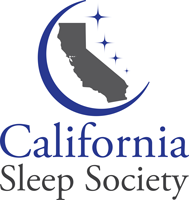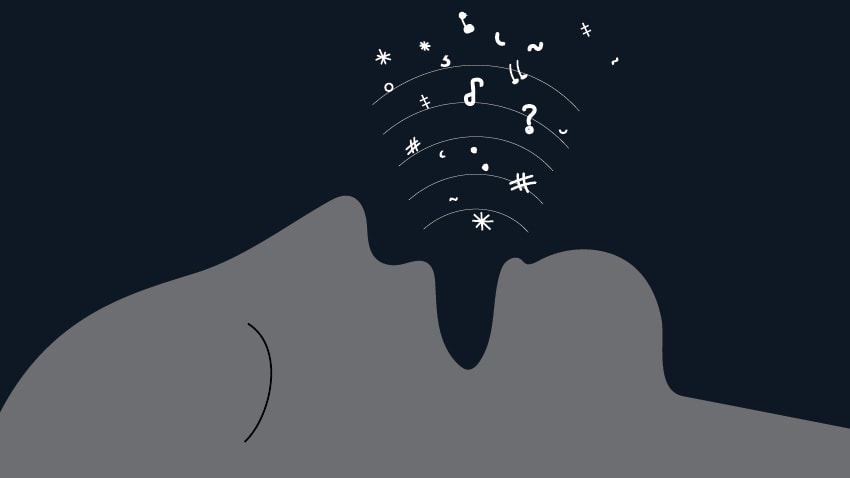By: Robyn Woidtke, MSN, RN, RPSGT, CCSH, FAAST
Non-adherence in patients with obstructive sleep apnea (OSA) is a known risk factor which may contribute to worsening of the condition, exacerbate co-morbid or multimorbid conditions or contribute to the development of hypertension or other cardiovascular morbidity and mortality 1. Treatment burden should be assessed when discussing use of treatment for OSA.
There are numerous definitions of “treatment burden” as described in a systematic review by Alsadah and colleagues 2. But generally, the definitions reflect the personal workload a patient must experience in order to adequately treat their medical condition. Contributing factors include capacity/ability, financial, social, psychological, time commitment, complexity of the care, and health literacy 3. Individuals with multiple chronic conditions would likely have a higher treatment burden of personal workload to maintain adherence to therapy. In 2018, the Centers for Disease Control research brief indicated that 27% of adults have multiple chronic conditions 4.
Few studies have looked at the treatment burden in patients with OSA. A recent article by Chou et al.5 describes their research into this issue with regard to continuous positive airway therapy. And yes, it’s more than just the mask. Although mask issues were prevalent such as leak, strap issues, using the equipment and acclimation other factors include cost, access to timely care and clinical resources as well as personal relationships all may place a burden on the patient to use therapy. Several individuals also describe the inconvenience maintaining treatment during travel. The study was conducted in Australia and may not be fully generalizable to the US population, but there are themes which can be recognized in the US population as well. While “treatment burden” was not specifically stated, Brostrum et al.6 also looked at issues which may facilitate adherence, similar to the Australian study, such as support of family members, improvement in daytime sleepiness and access/trust in the healthcare system. On the negative side were equipment issues, anxiety, and insufficient clinical support. The authors also cite negative feelings toward CPAP from the onset.
The month of October is health literacy month and low health literacy deserves a mention. With increasing complexity of the healthcare system, health literacy is vital to patients and caregivers. The CDC recently updated definitions, (see bullets below) and it is easy to see how impaired health literacy can contribute to a patient’s treatment burden. Based on the above observations, access and appropriate care directions can influence the treatment burden, thus the organization has a fiduciary duty to inform.
- Personal health literacy is the degree to which individuals have the ability to find, understand, and use information and services to inform health-related decisions and actions for themselves and others.
- Organizational health literacy is the degree to which organizations equitably enable individuals to find, understand, and use information and services to inform health-related decisions and actions for themselves and others.
For additional insights see also information on Minimally Disruptive Medicine and the Cumulative Complexity Model. Some of these models and theories may be implemented within the field of sleep health.
I have already exceeded my allotted number of words, and there is so much to write! Hopefully some of this information will provide excitement and thoughts of how to incorporate the concepts of treatment burden in the sleep health population.
A special thank you to Richard Rosenberg for his review and edits.
- Young T, Palta M, Dempsey J, Peppard PE, Nieto FJ, Hla KM. Burden of sleep apnea: rationale, design, and major findings of the Wisconsin Sleep Cohort study.WMJ. 2009;108(5):246-249.
- Alsadah A, van Merode T, Alshammari R, Kleijnen J. A systematic literature review looking for the definition of treatment burden. Heliyon. 2020;6(4):e03641. Published 2020 Apr 7. doi:10.1016/j.heliyon.2020.e03641
- Boersma P, Black LI, Ward BW. Prevalence of Multiple Chronic Conditions Among US Adults, 2018. Prev Chronic Dis 2020;17:200130. DOI: http://dx.doi.org/10.5888/pcd17.200130
- Sav, A., Salehi, A., Mair, F.S.et al.Measuring the burden of treatment for chronic disease: implications of a scoping review of the literature. BMC Med Res Methodol 17,140 (2017). https://doi.org/10.1186/s12874-017-0411-
- Chou MSH, Ting NCH, El-Turk N, Harrington Z, Dobler CC. Treatment burden experienced by patients with obstructive sleep apnoea using continuous positive airway pressure therapy. PLoS One. 2021;16(6):e0252915. Published 2021 Jun 7. doi:10.1371/journal.pone.0252915
- Broström A, Nilsen P, Johansson P, Ulander M, Strömberg A, Svanborg E, Fridlund B. Putative facilitators and barriers for adherence to CPAP treatment in patients with obstructive sleep apnea syndrome: a qualitative content analysis. Sleep Med. 2010 Feb;11(2):126-30. doi: 10.1016/j.sleep.2009.04.010. Epub 2009 Dec 9. PMID: 20004615.

